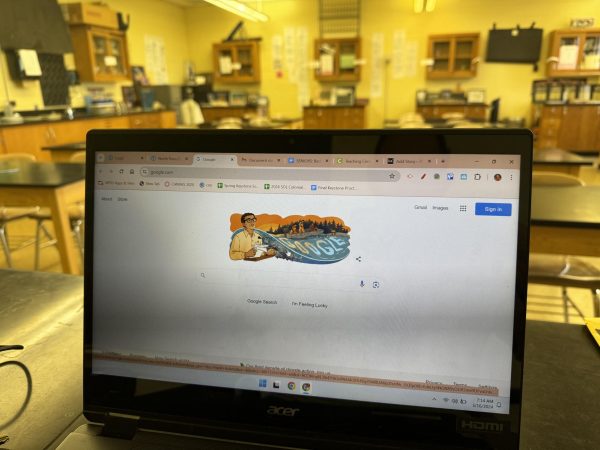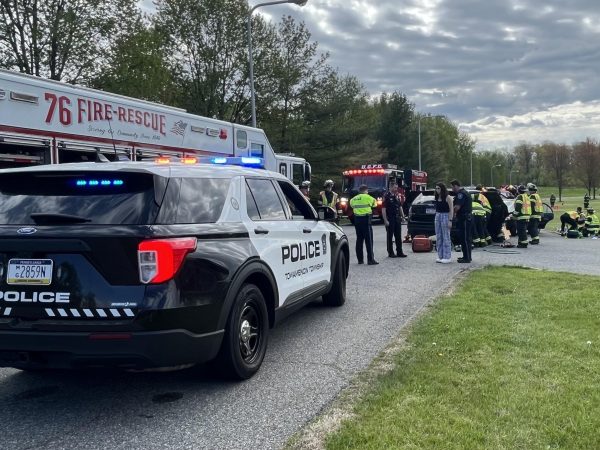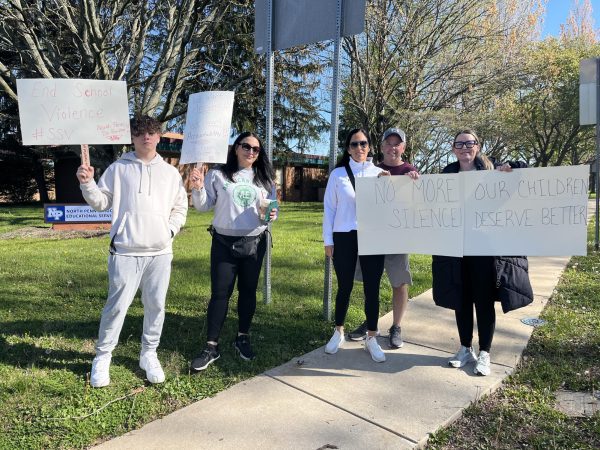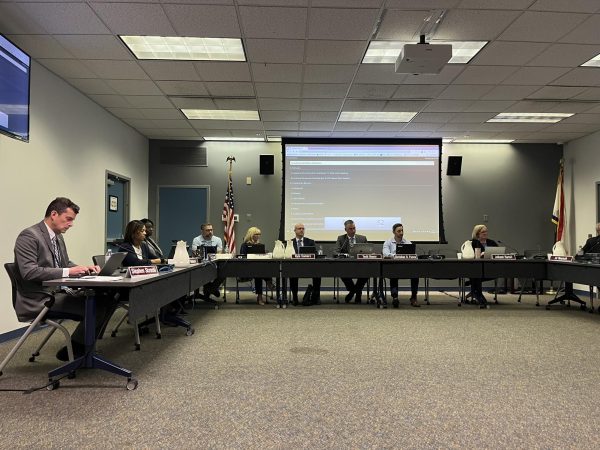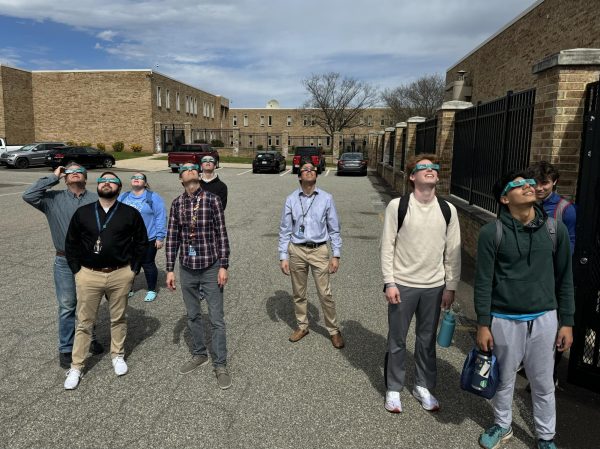Brexit, but less confusing
The office of the Prime Minister shall henceforth be referred to as 10 Frowning Street. . .
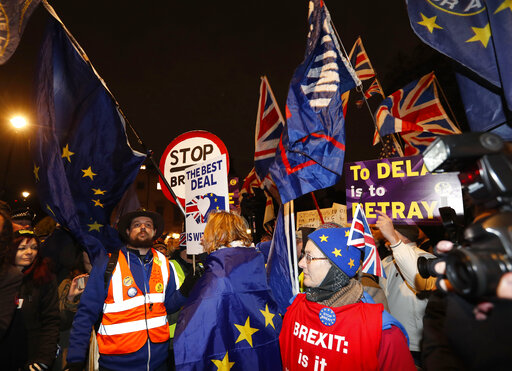
Pro and anti-Brexit supporters gather near the Parliament in London, Tuesday, Jan. 29, 2019. Britain’s Parliament is set to vote Tuesday on competing Brexit plans, with Prime Minister Theresa May desperately seeking a mandate from lawmakers to help secure concessions from the European Union. (AP Photo/Alastair Grant)
In light of the parliamentary implosion in Britain, here’s a quick summary of how Brexit transformed from a bloc shift to a full-blown identity crisis.
What exactly is Brexit?
“Brexit” refers to the British exit from the European Union (EU). The EU is a customs union, which means that citizens of member countries can travel and work freely within the union without a visa or passport. In addition, member countries engage in free trade – products flowing through the union need not be bound by import or export taxes. In short, European people and goods flow freely, connected by a fairly stable economy and shared cultural norms.
Why is this happening in the first place?
Britain held a referendum in 2016 (citizens were allowed to vote on whether or not to remain in the EU), which launched two intense public relations campaigns, Leave and Remain. Leave, primarily comprised of older conservatives, won (52%), shocking to the entire country. No, really – numerous Leave voters later told the media that they never intended to actually leave the EU, but wanted to make a political statement in response to the influx of Eastern European immigrants seeking work in the UK. Young people (many of them Remain voters) were furious; twentysomething British nationals often live and work in EU member countries, which they’ve previously been able to do without a visa.
How is it supposed to work?
The EU already granted Britain an extension past the original March 29th deadline. Parliament needs to pass a plan by April 12th. Without another extension, it will then be forced into a “no deal” Brexit. At the moment, there are several options:
a) A second referendum (voted down)
b) Create a modified customs union (voted down)
c) Maintain a “common market” – free trade – with the EU (voted down)
d) Remain in a customs union with the EU, but with the ability to negotiate separate trade deals (voted down)
e) Abandon Brexit unless another deal is reached by April 12th (voted down)
f) No deal (voted down)
What is the “no deal” option?
If Parliament fails to pass a deal by April 12th (and the EU refuses to grant another extension), Britain will officially be out. . . no strings attached. In the short term, this is likely to cause a low level of chaos; European goods, for example, will have to go through British customs instead of simply driving into the country. Prices in Britain would probably rise, too, because the Euro is a stronger currency than the pound (1 Euro = 0.85 pound). British citizens living in EU countries might lose healthcare and government benefits unless those countries agree to continually recognize Britons as legal residents. And Ireland, still an EU member country, would have to decide whether or not to construct a physical border with Northern Ireland (part of the UK).
What does the Prime Minister want?
For her plan to pass. The plan would maintain customs and trade ties with the EU until 2020, but doesn’t lay out a cohesive timeline for the years after. It failed twice – badly- in Parliament. After the second vote, Theresa May offered to resign if her plan passed in a third vote (it didn’t).
What does Parliament want?
Anything but May’s plan, which they voted down a total of three times. May’s Conservative Party and Jeremy Corbyn’s Labour Party remain gridlocked. (Parliamentary governments typically lack a clear majority, so parties form coalitions to pass legislation. Though Conservative and Labour are the two main British parties, they’ll each need the support of several other groups to pass a Brexit plan.)
So how does this end?
It depends on how effectively May, Corbyn, Parliament, and the EU can collaborate. If no agreement is reached by April 12th, Britain will either leave with no deal or ask the EU for more time.



